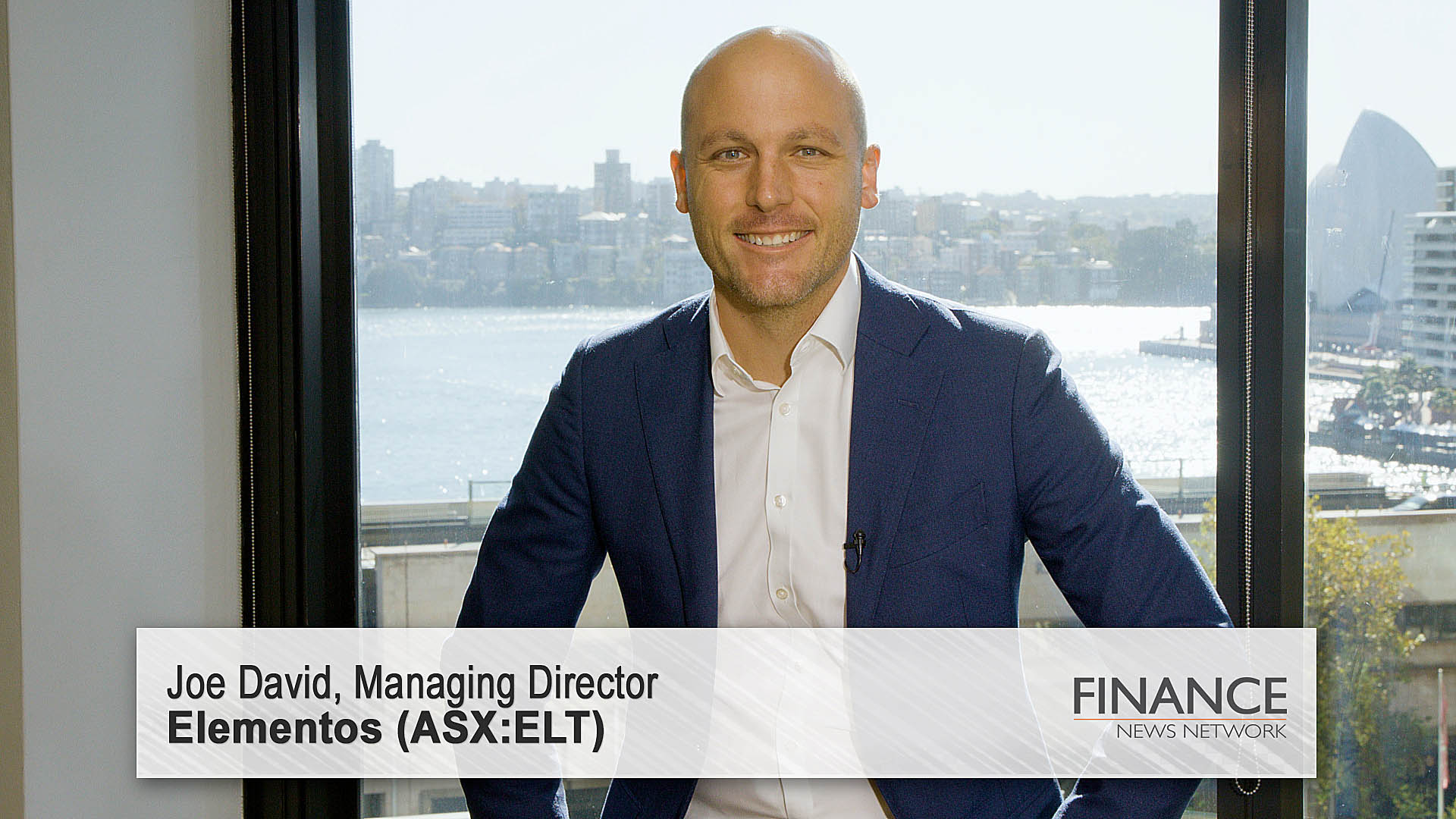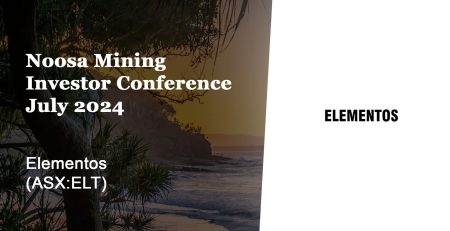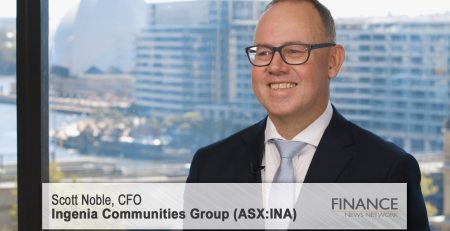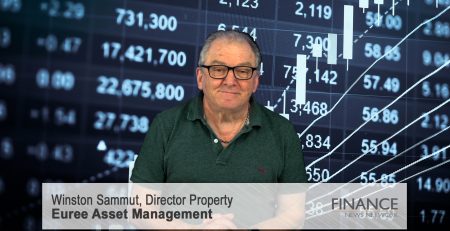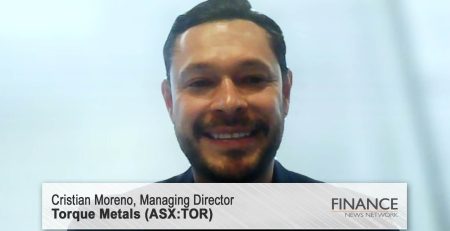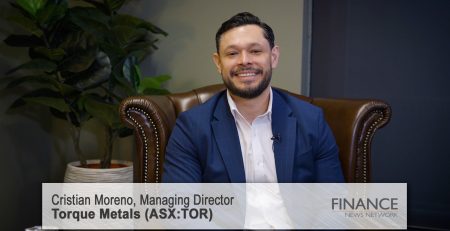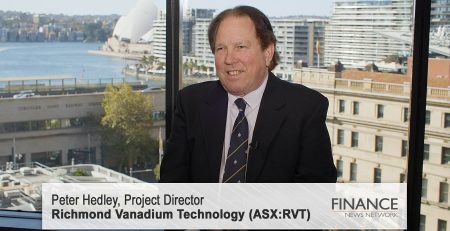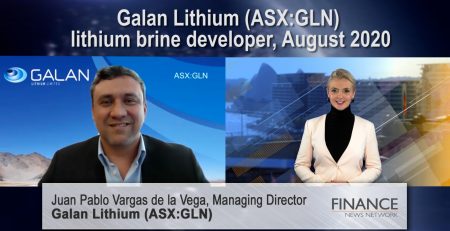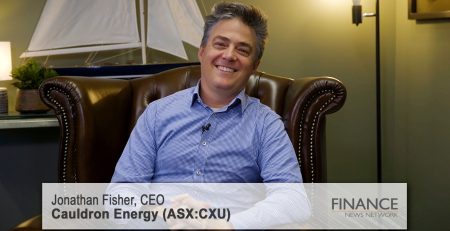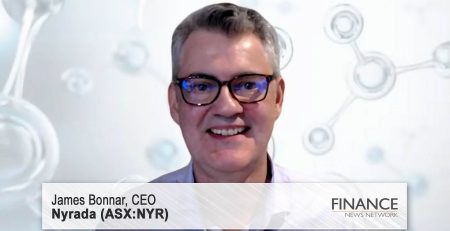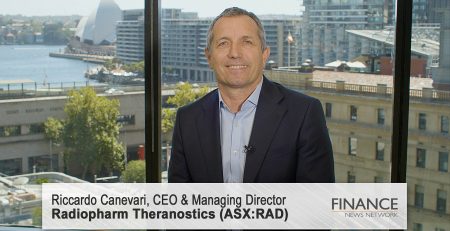Tin the “spice metal” for electric vehicles
Elementos Limited (ASX:ELT) Managing Director Joe David discusses factors behind the recent increase in the tin price and outlines Elementos' key project in Oropesa, Spain.
Tim McGowen: We're talking with Elementos (ASX:ELT) today. ASX code "ELT". Market cap around $132 million. One year return of around up 60 per cent. We have with us the CEO, Mr Joe David.
Joe, nice to see you face to face. We've spoken previously. You talk about tin being the spice metal. Now, tin has lots of different applications. Do you want to talk us through what's been going on in the tin market recently and its applications?
Joe David: Yeah, absolutely. So tin's got many uses, and historic uses probably are ones that don't excite many people. The humble tin can, the tin chemicals and a few other things like that. But the main offtake and use of tin right now is tin that goes into solder. So solder traditionally was a lead-tin blend. Obviously lead's being removed from absolutely everything in our lives due to it being a toxic element. And tin has taken over the majority of the solder market. So, your standard solder is about 95 per cent tin, 5 per cent silver. So, because of that, very few replacements or anything else that can play that role. So, it's absolutely critical to everything electronic. If you get to any electrical circuit with all the smart components, tin will be the element that's linking all those things together and making the electrons move. So, it's called the electrical glue, it holds everything together. As you said, it tends to be in very small quantities, but it's like salt and pepper at a restaurant. Often you won't see it listed on the menu, but it'll be in every single element because it's so critical and the food wouldn't taste the same without it.
Tim McGowen: Now, the tin price has kind of doubled effectively over the last 12 months. Is that because there's a strong application with EV batteries?
Joe David: Yes, certainly. And you've got to look a bit deeper than just the EV. It comes down to anything with an electrical circuit in it. And obviously EVs have a lot more electrical circuits than a standard car. So, there's eight times as much tin in a EV vehicle than there is a standard vehicle. So, again, not only is it the EV cars, which we've certainly got exposure to, it's anything to do with solar panels, which is obviously just booming right now, and anything else to do with electrical infrastructure, smart homes, automation, you'll find more chips, more semiconductors, more solder and more tin. So, certainly the growth in the tin market moving forward, which is estimated to be somewhere between 3 and 7 per cent moving forward, against a historic average of about 1.8 per cent, is all tin.
Tim McGowen: Now, Joe, your key asset and main focus is the Oropesa tin mine in Spain. Can you talk a little bit more about this project and expand on why it's your number one focus at the moment?
Joe David: So there's very few tin listed companies, either producers or developers, in the world, and we're a company that's actually got two projects. As you mentioned, our flagship project is Oropesa in Spain. It is an open cut project, proposed to be an open cut tin mine. Very few of them in the world, about 6 per cent of tin mines around the world are open cut. So, for us, getting our hands on the Oropesa project a couple of years ago via corporate transaction, certainly got our foot in the ground on an asset that there's not many like it in the world. And then, since that point, we've done a huge drill campaign which increased the mineral resource by 50 per cent. Subsequent to that, we've redone an optimisation study, which has shown that we've got about 15.5 million tonnes, which we can mine over about 13 years, producing about 3,300 tonnes of tin metal per year. Just for reference, that'd be about 1 per cent of the global tin market being produced from our single asset. So it's a very small global market, tin, and certainly we can become quite a substantial player in that.
Tim McGowen: And is there a significance being in Europe?
Joe David: Absolutely. Yeah, no, thanks for bringing that up, Tim. So Europe right now, like all the major economies, is trying to source their own internal supply to feed their advanced manufacturing, the EV and all their growth infrastructure in the green infrastructure space. And their primary goal is to source their minerals from within European Union. That is challenging on a lot of minerals, and tin's certainly one that they're very focused on. So, for us to be able to have a source of tin within the EU, supplying into that market, is hugely advantageous for us in this market.
Tim McGowen: And one of the key themes for investors, particularly in the commodity space, is the ESG principles — environmental, social, and governance principles. Can you talk a little about Elementos' position in regards to ESG?
Joe David: Yes. So, tin has always been on the conflict minerals list, both in the US and the EU. So, effectively, you have gold, diamonds and tin, have always been ones that have had challenging… The global market's been challenged in its supply, a lot of that supply coming out of south-east Asia and central Africa, where traditionally and historically there's been quite poor labour practices. But certainly for us having our two projects in both Spain and Tasmania, which are both mature mining markets that are highly regulated and already, you know, you're quite a good corporate system just by ticking the basic boxes in those areas. But we certainly plan on going further than that and being a very good corporate citizen. For instance, in a recent optimisation study we did at the Oropesa project in Spain, we fully costed the full rehabilitation of that mine in our submission. There was about US$106 million to rehabilitate that mine throughout the mine life. So, certainly doing the right thing by the local people and local population, and certainly want to be, you know, have high ESG values.
Tim McGowen: Now Joe, you've made significant progress over the last 12 months, and going forward, you plan to fund your transition from explorer to producer. How's that going to look? What's that going to look like moving forward?
Joe David: Yeah. So we've been fortunate from our last few capital raises. We had a fairly large set of options. A lot of them just been exercised as of the end of last month. We're sitting now with about over a $7 million cash balance. That funds us very well through to the end of our definitive feasibility study. So in Oropesa in Spain, we're fully committed to completing a DFS study by Q1 next year. Obviously, in parallel to that, we've already put in our regulatory submission, our mining licence application, and our environmental impact assessment study and our rehabilitation plan, as I mentioned before. So, those three documents will parallel quite nicely from a timing front. So we think by at least mid next year, we'll have our DFS completed, all our approvals in place, and be well down the path for project financing, and certainly be at the early stages, if not already done, some ordering of long-lead items for our construction at Oropesa. Goal would be to get into operation by 2025 there.
I can't go too much further without mentioning our Cleveland project as well, in Tasmania. It's still a very exciting project for us. We currently have the drill rigs down there now. We're on our fourth out of five holes. Certainly looking to extend the mineralisation down there a little bit further. We'll parallel that with some other activities, with metallurgical test work, etc. So, the Tasmanian project's probably a couple of years behind Oropesa in its development. Still, a good portfolio asset for us.
Tim McGowen: Joe David, thanks for your time.
Joe David: Thanks, Tim.
Ends
Copyright 2022 – Finance News Network
Source: Finance News Network

